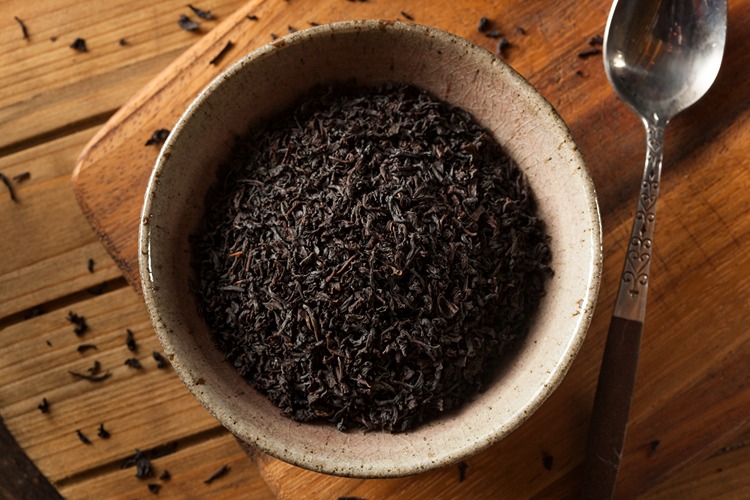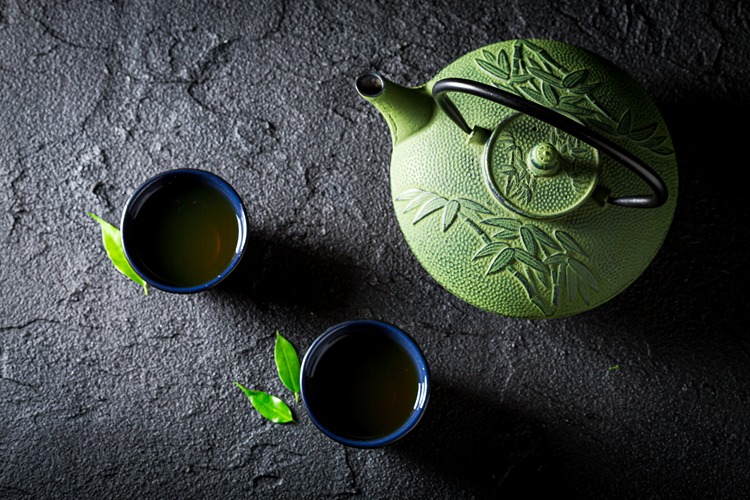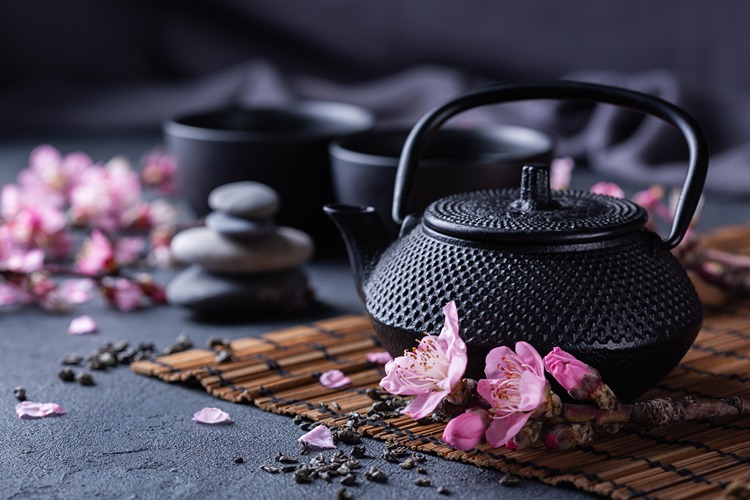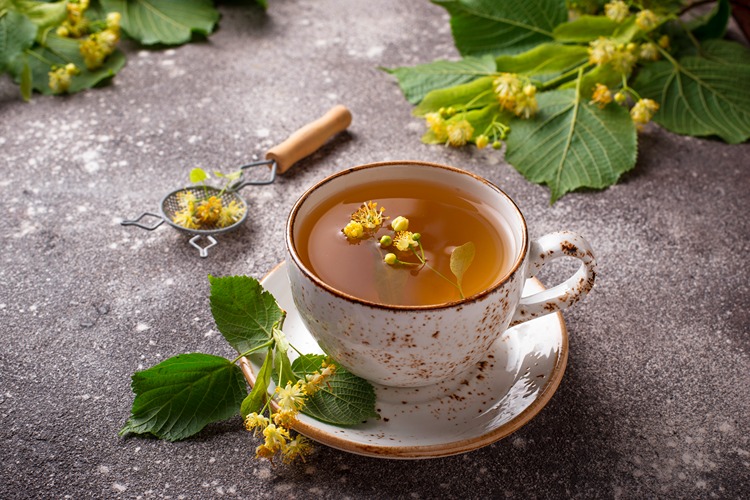Welcome to our comprehensive guide on optimal steeping times for different organic tea blends. As tea enthusiasts, we understand the importance of brewing tea correctly to unlock its full flavor and health benefits. In this article, we will explore the various factors that influence steeping times and provide you with a detailed breakdown for different types of organic tea blends. Whether you’re a tea connoisseur or a beginner, this guide will help you brew the perfect cup of organic tea every time.
Understanding Steeping Times
Steeping time refers to the duration that tea leaves are immersed in hot water during the brewing process. It plays a crucial role in determining the taste, aroma, and strength of the resulting tea. The length of steeping time directly affects the extraction of flavors, antioxidants, and other beneficial compounds from the tea leaves.
Several factors influence the optimal steeping time for tea, including the type of tea leaves, their size and shape, water temperature, and personal preference. Understanding these factors will help you achieve the desired flavor profile in your cup of organic tea.
Factors Influencing Steeping Times
Before we delve into specific steeping times for different organic tea blends, let’s explore the key factors that influence the process:
1. Tea Type and Processing
The type of tea and its processing method significantly impact the optimal steeping time. Here are some common organic tea blends and their characteristics:
- Green Tea: Known for its delicate flavors and high antioxidant content, green tea is typically lightly steamed or pan-fired to preserve its freshness. It requires shorter steeping times to prevent bitterness.
- Black Tea: Black tea leaves undergo complete oxidation, resulting in a robust and full-bodied flavor. Steeping black tea for a longer duration enhances its rich flavor and allows the release of tannins.
- Oolong Tea: Oolong tea falls between green and black tea in terms of oxidation. Its steeping time can vary depending on the desired flavor profile, ranging from floral and light to rich and toasty.
- White Tea: White tea is the least processed type, with delicate buds and young leaves. It requires shorter steeping times to capture its subtle flavors and gentle sweetness.
- Herbal Tea: Herbal teas are made from various herbs, flowers, and fruits, offering a wide range of flavors. Steeping times for herbal teas can vary widely, so it’s best to refer to specific recommendations for each blend.
These are general guidelines, and individual organic tea blends may have specific steeping recommendations. Now, let’s explore optimal steeping times for different organic tea blends in more detail.
Optimal Steeping Times for Organic Tea Blends
Here, we provide a breakdown of optimal steeping times for various organic tea blends:
1. Green Tea
Green tea is known for its delicate flavors, freshness, and numerous health benefits. To brew a perfect cup of organic green tea, follow these steeping guidelines:
- Water Temperature: 175°F (80°C)
- Steeping Time: 2-3 minutes
Steeping green tea for too long or using water that’s too hot can result in a bitter taste. Keep in mind that steeping times can vary depending on the specific green tea variety, so it’s always a good idea to check the packaging or consult the supplier for more precise recommendations.
2. Black Tea
Black tea is known for its bold and robust flavors. To bring out the best in your organic black tea, follow these steeping guidelines:
- Water Temperature: 200°F (93°C)
- Steeping Time: 3-5 minutes
Black tea requires a slightly higher water temperature and a longer steeping time to fully develop its rich flavors. However, be mindful not to oversteep, as it may result in a bitter taste. Adjust the steeping time based on your preference for a stronger or milder cup of black tea.
3. Oolong Tea
Oolong tea offers a wide range of flavors, from floral and fruity to toasty and complex. Here’s how to steep your organic oolong tea for optimal results:
- Water Temperature: 195°F (90°C)
- Steeping Time: 3-7 minutes
The steeping time for oolong tea can vary depending on the specific variety and the desired flavor intensity. Lighter oolong teas may require a shorter steeping time, while darker and more oxidized oolongs can handle a longer steeping time for a stronger flavor profile.
4. White Tea
White tea is known for its delicate and subtle flavors. To bring out the gentle nuances of your organic white tea, follow these steeping guidelines:
- Water Temperature: 175°F (80°C)
- Steeping Time: 2-4 minutes
White tea requires a shorter steeping time to avoid overpowering the delicate flavors. Keep in mind that different varieties of white tea may have slightly different steeping recommendations, so it’s always a good idea to refer to the specific instructions provided by the tea supplier.
5. Herbal Tea
Herbal teas, also known as tisanes, encompass a wide range of flavors and ingredients. As such, steeping times can vary significantly depending on the specific herbal blend. Here are some general guidelines:
- Water Temperature: Varies (see specific herbal tea recommendations)
- Steeping Time: Varies (see specific herbal tea recommendations)
Since herbal teas are made from different herbs, flowers, and fruits, each blend may require a different steeping time and water temperature. It’s best to refer to the packaging or consult the supplier for precise recommendations to achieve the best flavor from your organic herbal tea.
FAQs (Frequently Asked Questions)
Here are some frequently asked questions about steeping times for organic tea:
Q: Can I adjust the steeping time to make the tea stronger or milder?
A: Yes, steeping time directly impacts the strength of the tea. For a stronger cup, you can increase the steeping time, but be cautious not to oversteep, as it may result in bitterness. Conversely, if you prefer a milder cup, you can reduce the steeping time.
Q: What happens if I oversteep my tea?
A: Oversteeping can lead to a bitter taste in the tea. Each tea variety has its optimal steeping time, and exceeding that time can result in the extraction of unwanted compounds. If you accidentally oversteep your tea, you can try diluting it with hot water to reduce the intensity.
Q: Can I reuse tea leaves for multiple infusions?
A: Some tea leaves, particularly high-quality ones, can be steeped multiple times. However, steeping times may need to be adjusted for subsequent infusions. Experiment with different steeping times to find the optimal flavor balance for subsequent brews.
Bottom Line
Optimal steeping times play a vital role in the flavor and enjoyment of organic tea. By understanding the characteristics of different tea types and following the recommended steeping guidelines, you can brew a perfect cup of organic tea every time. Experiment with different steeping times to find your preferred strength and flavor profile. Remember, steeping tea is an art, and with practice and exploration, you’ll discover the nuances and delights that each organic tea blend has to offer.





